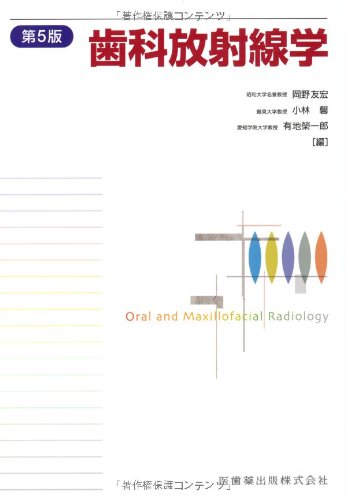3 0 0 0 OA 放射線誘発癌: 口蓋血管腫の小線源放射線治療後に生じた粘表皮癌
- 著者
- 花澤 智美 木村 幸紀 蜂須 玲子 関 健次 佐野 司 岡野 友宏 南雲 正男
- 出版者
- 特定非営利活動法人 日本歯科放射線学会
- 雑誌
- 歯科放射線 (ISSN:03899705)
- 巻号頁・発行日
- vol.36, no.2, pp.93-97, 1996-06-30 (Released:2011-09-05)
- 参考文献数
- 15
A case of radiation-induced cancer is presented. A 59-year-old woman underwent interstitial radiotherapy with radon seeds for the hemangioma of the hard palate 32 years ago. Although a complete response was achieved, the perforation of the hard palate occured 6 years ago because of the induced osteoradionecrosis. An ulcer and swelling in the hard palate was observed around the perforation. CT examination revealed extensive bony destruction of the maxillary sinus walls. Biopsy revealed mucoepidermoid carcinoma. More than 80% of radiation-induced cancer in the head and neck region are squamous cell carcinoma irrespective of the histology of the original lesions. This may be the first case reported of radiation-induced mucoepidermoid carcinoma in the head and neck region.
2 0 0 0 OA 顎放線菌症のCT・US所見
- 著者
- 木村 幸紀 荒木 和之 花澤 智美 酒巻 紅美 岡野 友宏
- 出版者
- 特定非営利活動法人 日本歯科放射線学会
- 雑誌
- 歯科放射線 (ISSN:03899705)
- 巻号頁・発行日
- vol.41, no.4, pp.231-239, 2001-12-30 (Released:2011-09-05)
- 参考文献数
- 28
- 被引用文献数
- 2
Actinomycosis is an unusual chronic suppurative bacterial infection, predominantly caused by Actinomyces israelii, that most often affects the cervico-facial region, accounting for about 60%. Classically, the clinical presentation is a hard, boardlike mass, multiple abscesses and/or sinus tracts, and trismus. Because of the current lack of familiarity with this disease and its ability to mimic other infections or even neoplasms, actinomycosis of the mandible and/or paramandibular tissue may frequently be misdiagnosed. Recently, we experienced three cases with osteomyelitis of the mandible with actinomycosis, clinically diagnosed as a parotid tumor or nonspecific osteomyelitis, however, not conforming radiologically. The images of actinomycotic mandibular osteomyelitis should be, therefore, critically re-evaluated.Materials and Methods: The CT appearances of two cases with a final diagnosis of actinomycotic mandibular osteomyelitis and nineteen cases diagnosed as non-actinomycotic mandibular osteomyelitis between 1993 and December 2000 were reviewed. The evaluation included bone marrow density changes, sequesta, periosteal reaction, cortical bone thickening, the extent of cortical bone destruction, abscess formation, and soft tissue swelling. Ultrasonography of abscesses from actinomycotic mandibular osteomyelitis was evaluated retrospectively, in two cases (one having received both CT and US examinations). The internal echogenecity of an abscess between the masseter muscle and the ramus of the mandible, and cortical bone destruction were investigated.Results: On CT, no remarkable osteosclerotic and/or osteolytic bone marrow changes, or small punched out radiolucent areas (less than 6mm) of the mandibular ramus accompanied with a well demarked overlying abscess were seen in actinomycotic osteomyelitis. Any other CT findings in actinomycosis of the mandible were nonspecific. Ultrasonography showed a well-defined hypoehoic area, including multiple, relatively large, hyperechoic spots in abscesses from actinomycotic mandibular osteomyelitis. Destruction of the cortex was also seen simultaneously.Conclusion: Actinomycotic mandibular osteomyelitis may be characterized by its CT appearances. Ultrasonography can also be used as an additional diagnostic tool to detect those radiological changes caused by actinomycosis.
1 0 0 0 OA 顎下・頸部のリンパ節病変の超音波診断
- 著者
- 花澤 智美 木村 幸紀 岡野 友宏
- 出版者
- 昭和大学・昭和歯学会
- 雑誌
- 昭和歯学会雑誌 (ISSN:0285922X)
- 巻号頁・発行日
- vol.27, no.1, pp.35-39, 2007-03-31 (Released:2012-08-27)
- 参考文献数
- 16
1 0 0 0 歯科放射線学
- 著者
- 岡野友宏 小林馨 有地榮一郎編 浅海淳一 [ほか] 執筆
- 出版者
- 医歯薬出版
- 巻号頁・発行日
- 2013

